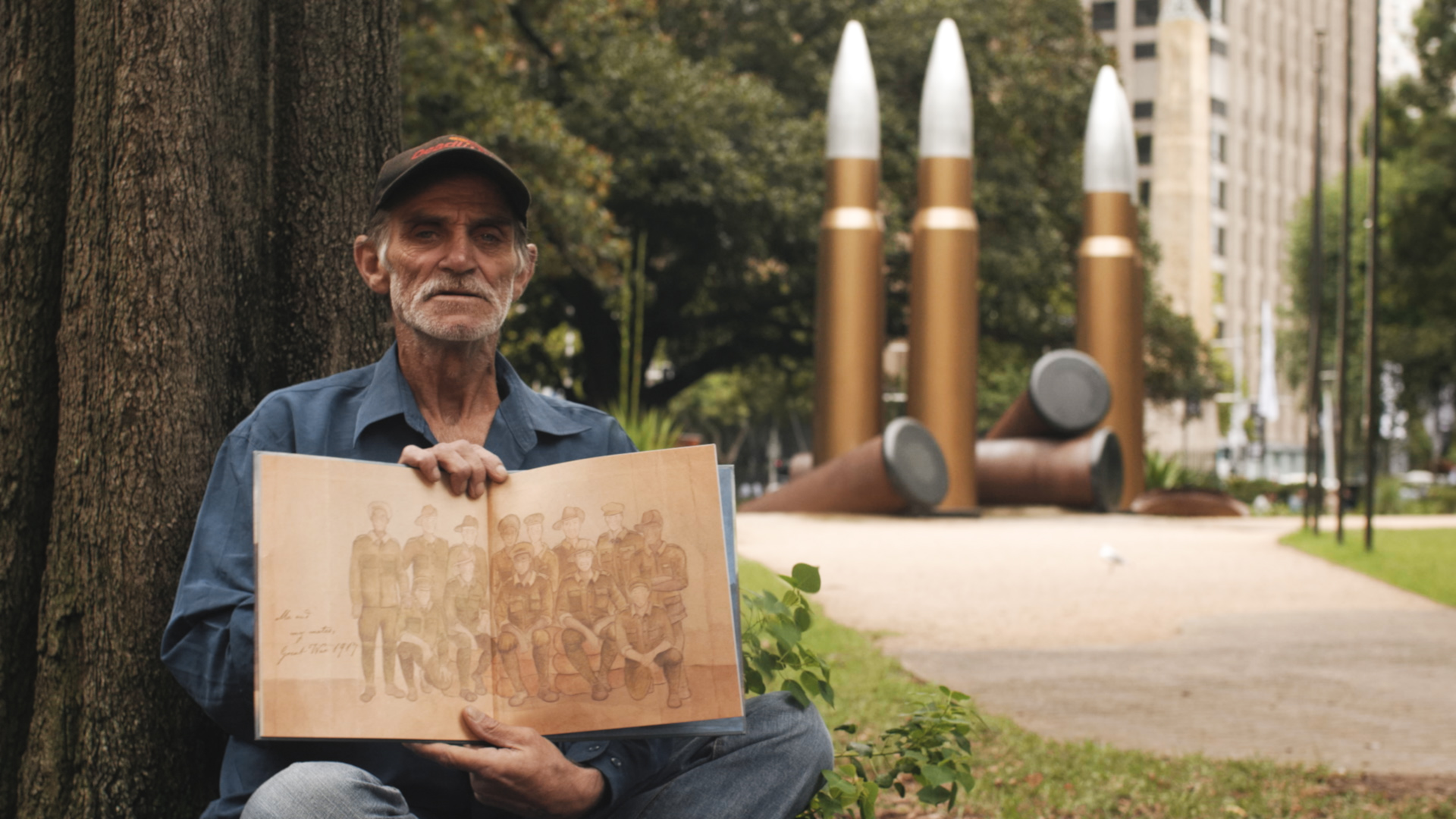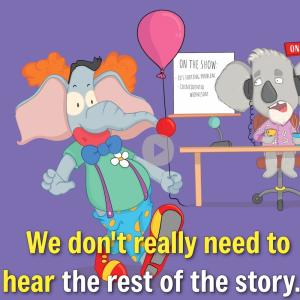Exploring Anzac Day in Children's Literature
16 Apr 2019
Every year a new story is added to our library to commemorate ANZAC Day. Our latest addition, Alfred's War, recognises the experiences and service of our Aboriginal and Torres Strait Islander soldiers, and joins a powerful collection of Anzac stories that includes Anzac Biscuits, Anzac Ted, The Lone Pine, I Was Only Nineteen, Once a Shepherd and One Minute Silence.
School subscribers have access to a comprehensive list of Classroom Ideas for each individual story, but now with a strong collection of Anzac stories in our library, we thought it a wonderful opportunity for educators to use the collection to compare the way in which Anzacs and war are represented in different stories and by different authors.
Take a look at our suggested tasks to compare stories in classroom settings:
Before viewing
Before viewing any of the stories, complete a KWL graphic organiser to help you record what you already know and want to know about war, and what you’ve learned at the end of story viewing and any subsequent study.
Analysis
Story
- Discuss the various types of wars the characters in the stories are fighting (e.g. mental, family, acceptance, recognition).
Techniques
- Identify motifs or symbols used by the authors, and discuss when and how they are used in the story, what each of the motifs in the stories represent, and whether there are any similarities between stories.
- Authors choose words and detailed descriptions that appeal to our senses of sight, touch, smell, hearing and taste to create imagery. Use a senses wheel to record the sensory images in the texts and compare similarities and differences between stories.
Choose sections from each story to act out for your class. Use the imagery of the text to help you choose and create sound effects, backdrops, props and other effects.
Setting
- Identify the locations where Story Box Library segments were filmed, and find out what significance they have to Anzac Day. Discuss and visit suitable locations for the filming of ANZAC stories in your local area.

Tony Albert's artistic installation, 'Yininmadyemi, thou didst let fall', at Hyde Park.
- Look for clues in the story and the illustrations to indicate when and where each of the stories is set and show these combined dates, events and locations on an annotated timeline or world map.
After reading the stories
A letter to the Editor
Write a Letter to the Editor regarding an issue that is raised in one of the stories. (e.g. how returning soldiers should be treated and supported by the Australian government).
A Soldier Recognition Wall
Use the stories as a springboard to discuss soldiers that were not recognised for their war efforts and use the discussions as inspiration to create your own Soldier Recognition Wall in your classroom, based on research of individual soldiers.
And don't forget...
Visit each story on the Story Box Library website to access and download more detailed Classroom Ideas for each of our Anzac Day stories.





